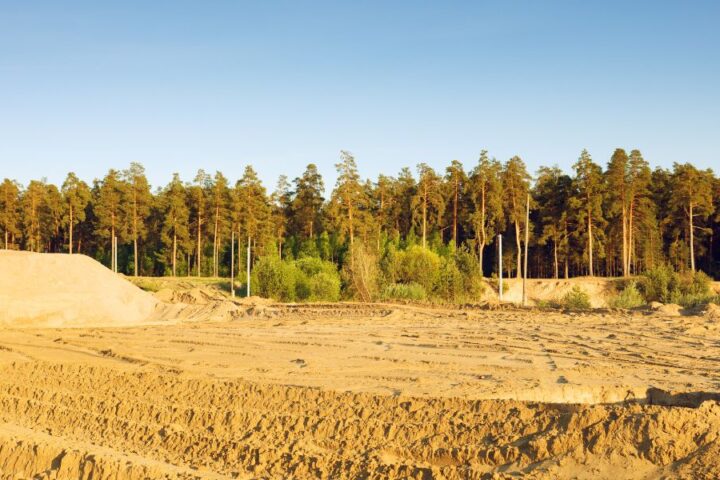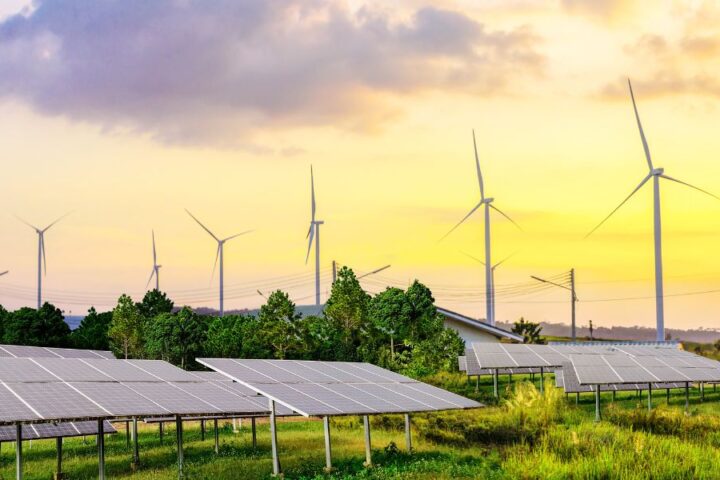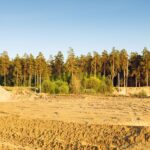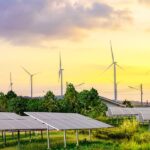Building in a city comes with a unique set of challenges to overcome. To see a project to its fruition, there must be many environmental considerations taken into account. The main purpose of carrying out a self-build venture is to achieve autonomy and sustainability, so the focus on reducing eco-impact is at the forefront. So much so that there will be many hoops to jump through from planning permission councils. Below are ten tips for reducing the environmental impact of your city build, and ways you can carry them out.
Location Is Key
The location of your building project is a key factor. In the city, there are always empty plots to be found, and land should never be wasted. So, if it is possible to search out sites that have potential despite outward appearances, it will make use of a space that is lying dormant and would be victim to vandalism or similar crimes. These spaces, like old parking lots, park areas that have fallen into disuse, abandoned buildings, or other similar dilapidations are all viable options to explore and usually have an owner willing to sell for a reasonable price too. Aim for a place close to work or essential amenities to further reduce personal vehicle usage too.
Use Sustainable Materials
Sustainable materials are clearly the better choice when it comes to catering to positive environmental practices. Avoiding concrete every step of the way, for instance, can significantly reduce the carbon cost of the building initiative and there are several alternates that yield nowhere close to the scale of harm as the original type.
Protect the Native Wildlife
There is always unavoidable disruption to the site plot with the local wildlife, plant life and ecosystems. Before you make any further plans, there are certain species that are protected by law and several eco policies in place to efficiently protect biodiversity to be observed. Bats are a prime example, and a bat survey in a big city such as London is a surprisingly common necessity. If there are suspected colonies, it is in fact more than worthwhile to invest in a professional bat survey. A bat survey in London will deduce the best course of action and avoid fines or similar penalties. A full-scale approach that paints a bigger picture is the most eco-friendly option.
Be Clever with Water
Water is one of the best, eco-friendly natural resources that building projects can take advantage from. Recycled rainwater to use in appliances, despite it being inefficient for consumption purposes, is highly useful for toilets and similar. Installing a rainwater collection system is easy and despite the initial cost, there are monetary advantages in the long-term when it comes to your water bill.
Smart Meters
Smart meters like thermostats and similar have numerous advantages and can make a home reliably more sustainable. They are a version of AI style technology that pars with Wi-Fi or Bluetooth connections to control various aspects of the building like the heating and the lighting. They can be set remotely, and they serve to learn your energy habits to predict patterns and adapt for sustainability.
Incorporate Green Energy Choices
Sustainable energy will be commonplace within the next century. Future homes will run off green energy as opposed to fossil fuels, and it is easy to see why. There are untold benefits to converting and building with a greener focus, whether that is solar panel installation or biomass boilers, everything counts. Here are the highlights.
- It won’t run out.
- It is safer.
- It does not drain the Earth of natural resources.
- There are no carbon emissions.
There are still some barriers to overcome, such as the availability factor and overcoming the initial steep costs of some avenues. However, overall renewable energy is the way forward.
Insulate
Insulation is one of the most common factors to be overlooked in renovations and new builds, yet it holds such sustainable value. The most efficient insulation aids temperature control in terms of retention and reducing the impact of the changing climate internally.
Use Local Companies and Suppliers
Local companies and suppliers are more likely to take the local area into their calculations. They have an emotive stake in the area and rely on connections to build upon their portfolio and schedules. So, not only will you be supporting smaller businesses as opposed to corporate chains, but you will also be investing into your future community. It reduces travel costs and fuel demands, while establishing a core, shared interest.
Don’t Overdo It
If you have dreams of building a three storey, ten-bedroom property, then that would surely be an interesting adventure. However, to truly implement sustainability on such a scale would be a cataclysmic demand, and the cost would be phenomenal. Near to 40% of the country’s carbon impact is found in housing matters, and eco-homes tend to be on a smaller agenda. The focus is usually on function rather than decadence. That does not mean that there cannot be luxurious touches; in fact, quite the opposite is true. The bigger the building, the bigger the environmental impact.
Landscaping Matters
Landscaping, aka how you treat the plants and such, is important too. Plan a space to cater to the needs of the land. If there is a history of drought, for example, don’t install lots of thirsty flowers that are going to be neglected as they will A) perish and B) potentially draw vital water sources unnecessarily. Factor in drainage procedures into the landscape plan, as every property requires efficient drainage which does impact the surroundings.
Reducing the environmental impact of your city build is more accessible in modern times. With such a noticeable collective focus on sustainable integration, the whole world is watching what the construction industry does next. When you decide to become a part of that through a self-build project, you enter this world, and it is your environmental responsibility to respect eco-practices and produce an Earth friendly final result. Whether your focus lies on green or recycled building materials, or the in-house energy usage, there is something to be done in every corner that will impact the carbon cost and carbon footprint.













